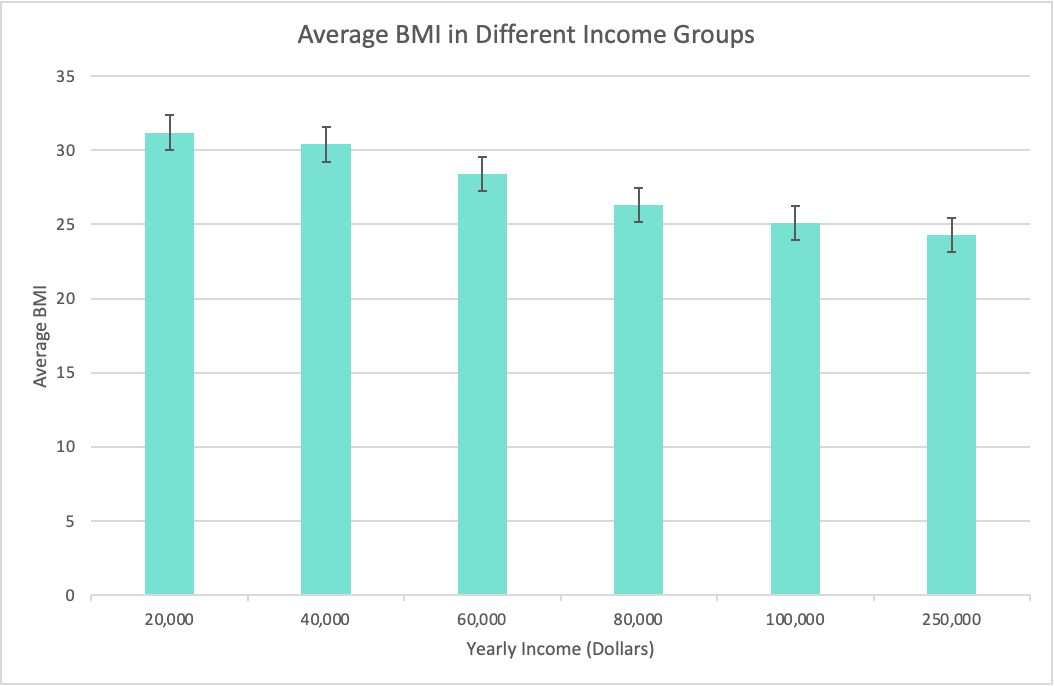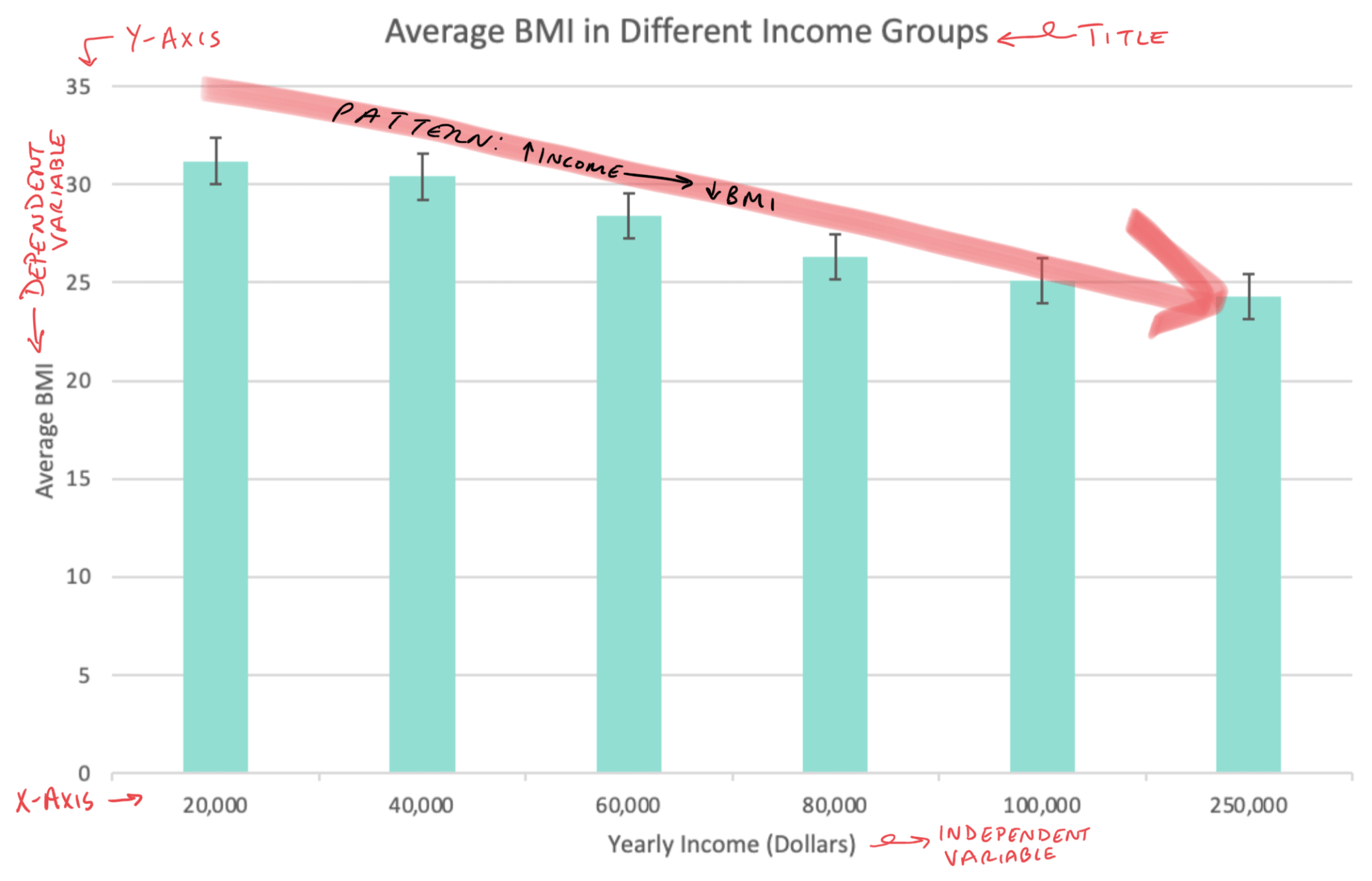How to Improve Your MCAT Timing: Strategies that Work
/Learn the best strategies to manage your time and increase your speed when taking the MCAT
everything you need to know about mcat section timing
----
Part 1: Introduction
The MCAT is a challenging exam because it requires you to synthesize information and think critically under a time constraint. At a whopping 7 hours and 30 minutes, the MCAT is the longest test most examinees have ever taken, and it’s common to worry about running out of time at the end of each section. Therefore, it’s crucial for students to practice their pacing for the exam.
The MCAT is unique in its integration of multiple disciplines, requiring you to navigate topics ranging from molecular biology to social sciences. Success hinges on not just knowledge, but also the ability to connect concepts and apply them in novel ways—doing so quickly. The MCAT’s shift from the more straightforward question types you may have encountered in previous standardized tests, makes nailing down your MCAT timing strategy all the more important.
In this guide, we’ll break down the different test sections and discuss effective MCAT time-management and passage-analysis strategies to help you achieve your highest possible score.
Breakdown of timing on the MCAT
Not all sections are created equal when it comes to the MCAT! During the science sections, you’ll have 95 minutes to read ten passages and answer 59 questions. Forty-four of these questions will be passage-based, while fifteen of them will be discrete questions. This gives you about 1 minute and 36 seconds per question.
On the other hand, for the CARS section, you’ll have about 90 minutes to read through nine passages and answer the 53 passage-based questions. This gives you about 1 minute and 42 seconds per question.
| Section | Time | Number of passages | Number of questions | Time for each question |
|---|---|---|---|---|
----
Part 2: Improving speed on the MCAT science sections
MCAT science passage-analysis strategies
As we’ve discussed, you’ll have 95 minutes to answer 59 questions during the C/P, B/B, and P/S sections of the MCAT. Before we dive into the strategies that will improve your speed at tackling these sections, let’s cover two essential passage analysis strategies.
Passage outlining: As you’re reading the passage, write a short summary after each paragraph to compile an outline. You won’t necessarily refer back to this when you answer questions, but this strategy helps you stay engaged and focused while reading a passage. Since time is of the essence, don’t get too fixated on writing down all of the details that seem important. Instead, keep your outline simple and concise.
Passage highlighting: This can be tricky early on in your prep because you might be tempted to highlight everything. A good strategy initially is to focus on the information most relevant to the experiment(s) presented in the passage. Many times, AAMC’s experimental passages will have a sentence that clearly explains the objective of an experiment. This will say something to the effect of: “In order to investigate the effect of X on Y, researchers set up…” Other key things to highlight will be experimental controls, variables, hypotheses, and results.
MCAT science time-management strategies
Once you’ve found the passage-analysis strategy or strategies that work for you, you’ll want to focus on being efficient with your time. Let’s break down a few techniques you can use to maximize your speed on the science sections of the MCAT.
Skip strategy: For this strategy, you want to spend the first 15 minutes of a science section rating all of the passages and completing the discrete questions. Rate the passages based on how confident you feel about the topic. You can use whatever rating system you prefer.
If you’re a rockstar at enzymes and see that one of the passages is about enzyme inhibition, you can rate it as “easy” or “5/5.” Once you’re done with those 15 minutes, work through all of the passages, starting with the easiest ones. You should spend roughly 8 minutes per passage.
Here are some questions you can ask yourself to judge the difficulty of a passage
How confident am I with this topic? (Note: The subject of the passage is usually presented in the first paragraph.)
How long is the passage?
Are there a lot of figures or tables in the passage? If so, how complicated do they look?
Milestones strategy: Some students may find it tedious to make sure they are on pace by paying attention to the clock after every question or passage. If this sounds like you, then the Milestones Strategy may be for you. For this technique, you’ll break up the section into smaller increments. For example, you can set a “milestone” at question 30 as the halfway point you should be at when you have 47 minutes left on the clock.
Some students might find it helpful to divide the test into thirds. With this set-up, you’ll want to be at question 20 after 30 minutes, question 40 after 60 minutes, and question 59 after 90 minutes. This gives you about five minutes to look over any flagged questions.
Answering questions
For the skip strategy, we rank passages based on their difficulty and then start with the easiest ones. The logic behind this strategy is that every question on the MCAT is worth the same amount of points. Thus, you can maximize how many points you get by making sure you complete the easier passages before dwelling on the harder ones.
You should apply this reasoning to your general approach with questions on the MCAT. Oftentimes students fall into the trap of getting too bogged down by certain problems. They lose out on precious time as they dwell on a difficult question and then don’t have enough time for simple questions they could have gotten right if they had enough time. Therefore, it’s crucial that you maintain a steady pace that keeps you on track to finish on time.
Tackling figures with the TAIDP approach
As you read through a dense experimental passage, a convoluted figure is likely the last thing you’ll want to deal with. Students often find figures frustrating because they aren’t sure where to start when analyzing them.
The key to overcoming this is the TAIDP approach, which stands for Title, Axis, Independent Variable, Dependent Variable, and Pattern. With this approach, you’ll be able to focus on the essential components of a figure, thus allowing you to continue getting through the passage on time.
Let’s break down this strategy using an example figure.
Our figure above is titled “Average BMI in Different Income Groups.” With this information, we know that researchers are investigating a potential relationship between BMI and income.
Next, the X-axis shows an increasing yearly income in dollars, while the Y-axis measures the average BMI. The axes also allow us to identify our independent and dependent variables. The independent variable, or the variable that is manipulated, corresponds with our X-axis, yearly income. Our dependent variable, or the variable that responds to changes in the independent variable, corresponds with our Y-axis, average BMI.
Finally, let’s see if we can identify any patterns in the figure. It seems that there may be an inverse relationship between yearly income and average BMI, as our higher income groups have a lower average BMI than our lower-income groups.
Here’s an annotated version of the figure, showing the TAIDP analysis we just walked through:
Reviewing what you missed
One of the most common mistakes students make during their MCAT prep is not having a system to review what they missed. It’s not enough to just glance over the solution!
Instead, you should be meticulously reviewing questions, passages, your incorrect reasoning, and the correct reasoning. You should also then log this information in some way so you can identify patterns in the types of questions you miss. Below is an example of a table you could use to log your incorrect questions.
| Question | Question type | Topic | Correct reasoning | What did I do wrong? | Moving forward |
|---|---|---|---|---|---|
----
Part 3: Improving speed on the MCAT CARS section
MCAT CARS passage-analysis strategies
With 90 minutes to read nine passages and answer 53 questions, you’ll want to employ passage-analysis strategies that allow you to efficiently acquire a strong understanding of the passage. Let’s go over some of these strategies together, and you can find a more comprehensive list of CARS strategies here.
Passage outlining: Similar to passage outlining for the science sections, as you’re going through a passage in the CARS section, write a short summary after each paragraph. After reading the text, you’ll want to then summarize the main idea. This outline, especially the main idea summary, will be beneficial when answering questions. Make sure your answer choice is consistent with the main idea of a passage and directly addresses the question stem.
Explain the passage to a middle schooler: CARS passages often use complicated vocabulary and jargon that can make it easy for students to get lost in the little details and miss the big picture. When you encounter such a complicated paragraph in a passage, you should try to simplify it in a way that even a middle schooler could understand. This strategy can go hand-in-hand with the passage outlining strategy. When writing your short summaries, use simple language that keeps things concise and focused on the main idea.
Predict the next paragraph: Another strategy you might find beneficial is after each paragraph, try to guess what the next one will be about. Don’t worry if your prediction isn’t always correct! This strategy aims to keep you engaged with the text and focused on the passage’s main idea. By predicting what possible ideas might come next, you'll acquire an even more robust understanding of the author's position.
MCAT CARS time-management strategies
With a few passage analysis strategies in our toolbox, let’s discuss strategies that will specifically improve your CARS pacing. As we’ve mentioned before, a general mindset you should always stick with is one that prioritizes maximizing the number of points you get. Don’t dwell on questions too long!
10 minutes per passage: This is likely the most commonly used time-management technique. Since there are 90 minutes to answer nine passages, that means you have ten minutes to get through each passage and its associated questions. However, this strategy does not account for the different number of questions each passage has. Whether you have a passage that asks five questions or seven questions, you’ll need to make sure that you finish it in ten minutes or less.
Blind review: For this strategy, you'll do a set of CARS passages under timed conditions and note your answers on a separate sheet of paper. Once you're done, instead of checking your answers, you'll want to then re-do the passages under untimed conditions and note your answers. Once you're done with this second round, you'll check your solutions and compare how you did under timed conditions and untimed conditions. Students often learn from this strategy that it's not that they can’t comprehend CARS passages, but that they need to work on their efficiency. By doing a timed round, you'll practice your pacing. By doing an untimed round, you'll practice your comprehension skills. Over time, the score discrepancy between the two rounds will shrink as you become more efficient at comprehending passages.
Questions first: Another strategy students find helpful is to spend 30 to 60 seconds reading the questions for a passage. Take note of any key pieces of information the questions are asking you about. For example, suppose a question asked, “Based on Dr. Llano’s research, the author might argue which of the following?” Upon reading this, you should note “Dr. Llano” so that when their name appears in the text, you’ll pay extra attention to what the passage has to say about them and their research.
Reviewing what you missed
As we’ve discussed earlier, reviewing your CARS practice is the most essential part of your prep for this section. We need to log our incorrect questions so that we can identify our weaknesses.
Below is an example of a review sheet:
| Question | Question type | What did I do wrong? | Answer choice type | What should I do next time? |
|---|---|---|---|---|
**RBT: Reasoning Beyond the Text
----
Part 4: Managing MCAT section timing on test day
No matter how much you practice and solidify your mcat timing strategies, your nerves may still get to you on test day. Managing your MCAT section timing is also about managing your mental state for optimal performance. To that end, a few techniques can benefit you and help you stay within your time limits while working through the questions.
Breathing exercises
The simplest form of mindfulness is through experiencing and controlling the breath. Engaging in basic breathing exercises just before the exam begins can reduce anxiety and improve concentration, putting you in the right mindset for success.
We know you’ll be in the testing room, but try to find a comfortable position with your back straight and inhale deeply through your nose for a count of four. Then count to four again while holding your breath and slowly release through your mouth feeling the tension leave your body.
You can repeat this routine multiple times until you feel clear-headed and relaxed. Furthermore, try engaging this technique regularly as you take practice exams or experience stressful moments as doing so can reinforce your ability to effectively respond to stress with calm.
Visualization techniques
Similar to musicians using mental practice to improve motor movements even while not touching their instruments, visualization techniques can help you improve your MCAT timing before you take the exam.
Think about it. On test day, you’ll likely be nervously running over all of your timing strategies in addition to your knowledge of key concepts you’ll encounter. If anything unexpected comes up, it could throw you off track, and the more you’re unsure of what test day will be like, the more likely that is to happen.
Consider adding a bit of mental practice to your study routine to mitigate this issue. Imagine yourself in the testing environment as you would ideally feel, calm and collected. Take in the sounds of the testing room, the colors of the environment, and picture yourself confidently answering questions as you complete each section effortlessly.
This way, you’re prepping to be the most efficient version of yourself on the big day. By mentally practicing the testing environment you want, you can enhance your focus and performance on the MCAT.
The impact of overthinking
Overthinking or overanalyzing stems from a desire to avoid making mistakes. While you certainly don’t want to make mistakes, you only have a limited amount of time per question and overthinking can really slow down your MCAT section timing.
As you work through your practice exams, incorporate the time limit strategies we mentioned earlier and use a timer. If you don’t answer a question within the time limit, move on. This strategy will increase your ability to answer within the allotted time.
Also, if you find that you’re second-guessing yourself, you may want to change your answer but don’t linger. It’s better to mark and move on than spend too much time mulling over one question.
----
Part 5: Frequently asked questions
Can I use different strategies for different sections?
Yes! If you find that outlining works well for you in B/B but not C/P or P/S, then it’s completely okay to try something else for those sections.
Can I try a new strategy on test day?
It is highly recommended that you do NOT try a new strategy on test day. You want to stick with what you know has worked for you in the past. So, before committing to a strategy for test day, make sure you try it out with ample practice passages and questions.
What is the best material for MCAT CARS practice?
The best MCAT material is the one made by the test-writers themselves. The AAMC has the following resources to help you prepare for CARS:
AAMC MCAT Official Prep CARS Diagnostic Tool
AAMC MCAT Official Prep Critical Analysis and Reasoning Skills Question Pack 1
AAMC MCAT Official Prep Critical Analysis and Reasoning Skills Question Pack 2
AAMC Full-Length Exams (Sample, FL1, FL2, FL3, FL4): Each of these have a full CARS section test
The Official Guide to the MCAT Exam: Contains 30 CARS questions
How often should I practice CARS?
This will depend on where you are in comparison to your goal. Generally, most students will benefit from doing a little bit of CARS practice daily. We recommend around 2–3 CARS passages per day. However, more practice never hurts. If CARS is one of your weaker sections, make sure to give it more attention.
Where can I find more information on MCAT test-taking strategies?
We have plenty of free and accessible information to help students achieve their MCAT goals. Check some of them out below!




